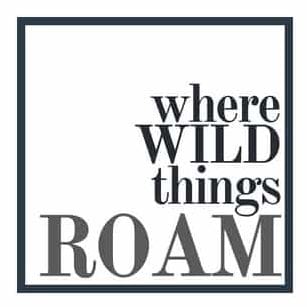How your wildlife photos can be deadly
Scroll through my social media and websites and you will see many of my photos include wildlife. I have learnt though, that for many poachers the hunt begins online. Therefore, taking photos responsibly is essential.
It is hard to resist capturing that leopard lounging in the tree, the magnificent tusker elephant or the rare black rhino emerging from the bushes, and then sharing it across social media and online. Unfortunately, these photos can cause more harm than good for those animals if you are not careful, as poachers these days are starting off their hunt online.
The tourism industry across Africa is growing, especially when it comes to wildlife tours and safaris. Chances are, cameras are always present so travellers can document that once in a lifetime experience in the African wilderness. The amounts of photos that are taken from those cameras (especially phone cameras) and then shared online is excessive.

With today’s technology, photographs hold more than meets the eye. Often embedded within that image is all the location information that is captured at the time. While modern technology has made sharing that photo easier than ever, it has also allowed finding that information just as easy.
Simply do an image search for ‘Rhino in South Africa’ and you can see thousands of photos snapped by people on location. If poachers can access that information, then your snapshots could potentially help them to locate these targets easier.
With the dire poaching situation in Africa of its wildlife, unless something is done to stem this crisis, there may soon be species that disappear for ever, never to be seen or photographed again.
So, when you pull out that camera to take a photo, how can you ensure you do it in a responsible way?

(This photo is old enough to publish and not cause any threat to these elephants.)
Never reveal exact locations
From selecting or tagging a location to mentioning it in a caption or gallery title, keep the location as broad as possible. If you really must mention a location, keep it to just the country. Also be cautious about what landmarks are in your photo. You don’t need to name the location for poachers to figure out where it is if there are recognisable landmarks in the photo.
Ask your guides
In some places where wildlife is most targeted, your guides may advise you not to share images online. This is something that needs to be respected, and for good reason. If your guides have requested this, it is because the wildlife needs extreme protection. There may be reasons for this that they can not go into. Instead, maybe photograph yourself or fellow travellers and your reactions to seeing the wildlife. This will give another side of the story and you are still capturing the memory.
Rename your files
While at first appearance your image online may only show a title and description, if you look deeper in the background, you can find the original file name and location. This kind of information is easy to find if you know how.
Turn off location metadata
Phone cameras these days are just as capable as cameras, not only captured amazing images but also a wealth of information through GPS location. Once again, this data is embedded in your photo’s metadata. This can be done in your phone settings for pre-shooting or via apps like Photoshop, Lightroom and Aperture post-shooting.
Share for the support
Education is key, so when you do share your photos safely, do so with a message of support to the cause. Research the animal a bit and learn yourself about why the sighting was so rare. Then share that, as the more awareness we create about poaching and other threats to wildlife, the better. Link to conservation organisations doing amazing work on the ground and offer ways people can get involved or donate. Show those poachers hunting online that we are bringing a fight to them.

Book your safari in South Africa with a reputable company. Visit South Africa Tourism to find out more.






